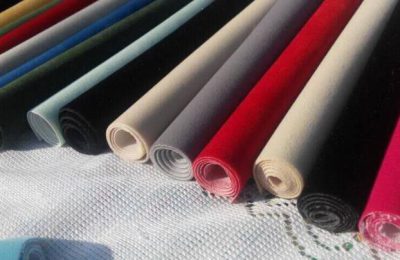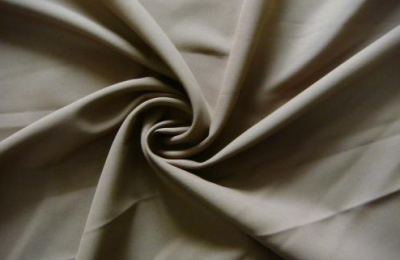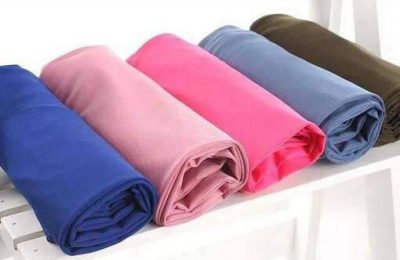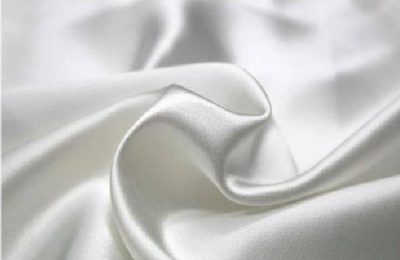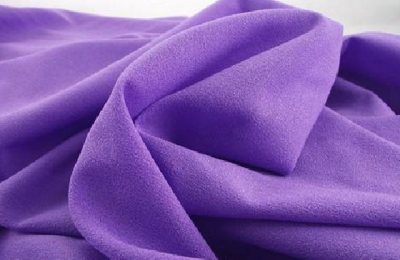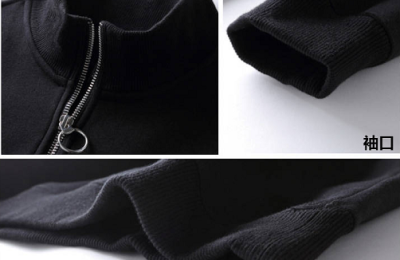After the outbreak of the new crown epidemic, meltblown cloth, the key material for masks, is in urgent need across the country, and it is a key material for making medical masks and KN95 and N95 masks.
Under such circumstances, some film companies have used high-tech methods to make films and invested in the queue of alternatives to melt-blown cloth. A film-making material has quietly appeared in the field of vision of people in the film industry. , this material is the kn95 mask filter membrane.
Filtration efficiency refers to the percentage of particulate matter filtered out by the filter material of the mask.
The measurement principle is that when a certain flow of air passes through the filter material of the mask, the number or concentration of particles inside and outside the mouth or on both sides of the mask is measured. The ratio of the particle number/concentration inside the mask divided by the number/concentration of particles outside the mask is Filtration efficiency.
The respiratory impedance of the kn95 mask filter membrane is only 60-70pa, and the ordinary melt-blown non-woven mask is as high as 120-250pa. In comparison, the breathability of the film mask is already very good, but it certainly cannot be compared with Than not wearing a mask.
Thin film masks have higher air permeability due to their material characteristics of high uniform distribution of holes; coupled with the moisture-proof and moisture-permeable characteristics of film materials, they can give users a more comfortable breathing experience.
The ptfe film manufacturer specializes in the production of kn95 mask filter membranes. It has a full set of advanced production equipment and technology, and also has an advanced clean room and an independent composite slitting workshop to ensure the production quality of ptfe membrane; The materials of the products produced are all imported raw materials, with high uniformity, stable performance, good air permeability, and the filtration efficiency can reach 99.999995%! It can basically meet the filtration efficiency grade requirements of sub-high efficiency, high efficiency and ultra high efficiency filters.
</p



